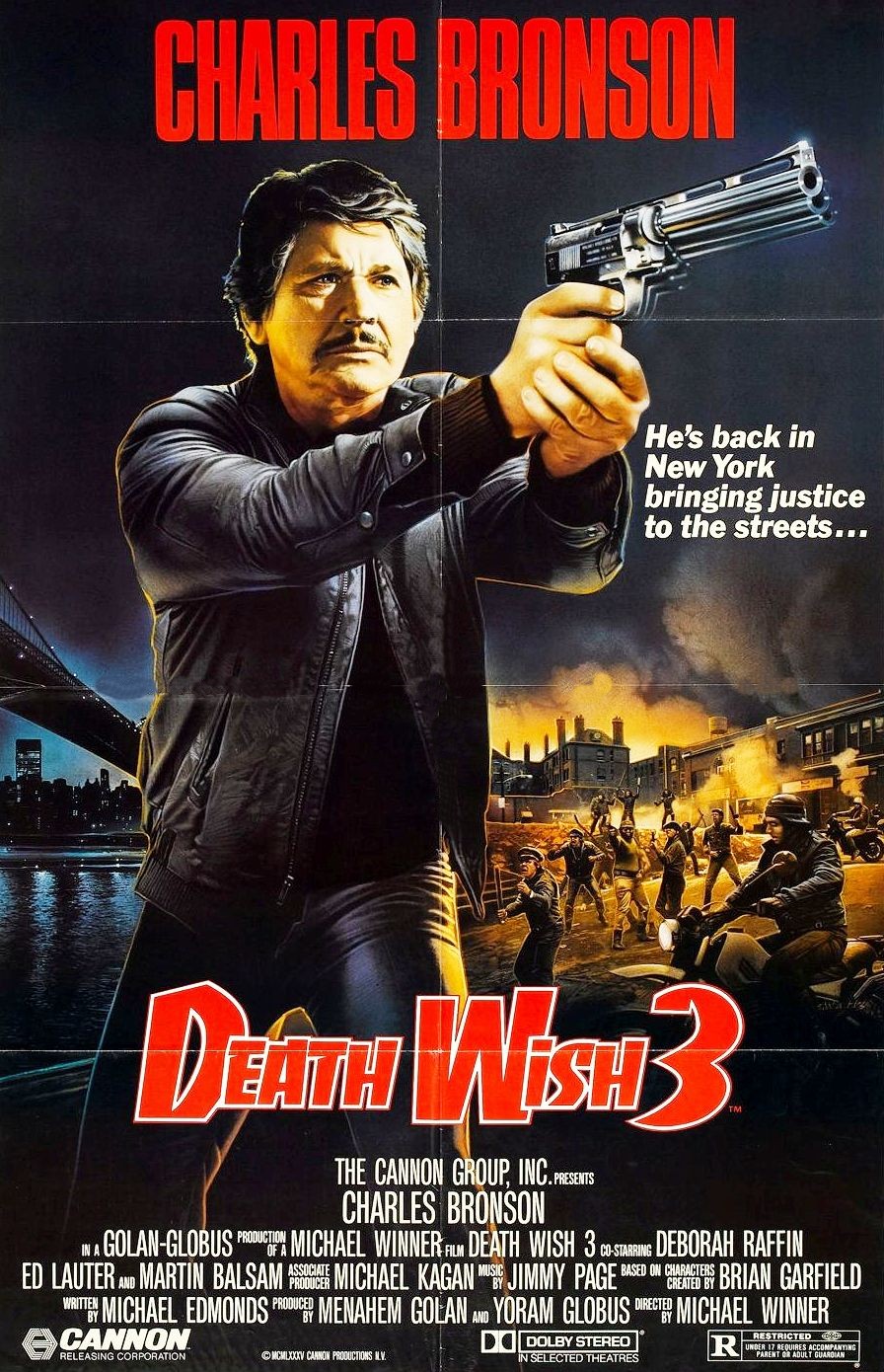Tarzan the Ape Man (Tarzán de los monos, 1932)
Director: W.S. Van Dyke
Production: Irving Thalberg (Metro-Goldwyn-Mayer)
Screenplay: Cyril Hume & Ivor Novello
Starring: Johnny Weissmuller - Maureen O'Sullivan - C. Aubrey Smith - Neil Hamilton
Filmed between October and December, 1931 - Premiered on New York, 25-March-1932 - 100 min.
100 years after Edgar Rice Burroughs created the character of Tarzan, and 80 after the premiere of this movie, the first one of the saga produced by MGM, we can still marvel ourselves with its calculated poetry, with the brilliant direction of the great W.S. Van Dyke (another of those Stakhanovite directors in need of an in-deep review of his work), with the subtle erotic tension of the scenes between the 5-times Olympic champion -and inexperienced actor- Johnny Weissmuller and the beautiful Maureen O'Sullivan -20 years old when shooting-, and even -why not- with its nineteenth-century vision of Africa. Movie of excellent rhythm and even more excellent craftsmanship, with an outstanding photography by Clyde De Vinna and Harold Rosson, Tarzan the Ape Man is a perfect example of the perdurability of Hollywood's classic cinema, that made in an industrial way but with a foundation of pure art.
Production: Irving Thalberg (Metro-Goldwyn-Mayer)
Screenplay: Cyril Hume & Ivor Novello
Starring: Johnny Weissmuller - Maureen O'Sullivan - C. Aubrey Smith - Neil Hamilton
Filmed between October and December, 1931 - Premiered on New York, 25-March-1932 - 100 min.
100 years after Edgar Rice Burroughs created the character of Tarzan, and 80 after the premiere of this movie, the first one of the saga produced by MGM, we can still marvel ourselves with its calculated poetry, with the brilliant direction of the great W.S. Van Dyke (another of those Stakhanovite directors in need of an in-deep review of his work), with the subtle erotic tension of the scenes between the 5-times Olympic champion -and inexperienced actor- Johnny Weissmuller and the beautiful Maureen O'Sullivan -20 years old when shooting-, and even -why not- with its nineteenth-century vision of Africa. Movie of excellent rhythm and even more excellent craftsmanship, with an outstanding photography by Clyde De Vinna and Harold Rosson, Tarzan the Ape Man is a perfect example of the perdurability of Hollywood's classic cinema, that made in an industrial way but with a foundation of pure art.
Trivia:
- The shooting team never left California, filming the majority of the movie in Chatsworth and the Toluca lake. The material impressed in Africa came from surpluses of Trader Horn, another African-adventure movie that Van Dyke had filmed in the black continent the previous year.
- As of today it is not yet clear how the famous Tarzan yell was created. Weissmuller affirmed up to the end of his days that he was the one doing it, based on his yodel practice as an infant with his parents, both Austrians; another reputable version is the one that aims at Douglas Shearer, the Norma Shearer's older brother and the head of MGM's sound department, electronically manipulating a recording.
100 años después de que Edgar Rice Burroughs creara el personaje de Tarzán, y 80 después del estreno de éste filme, el primero de la saga producida por la MGM, todavía podemos maravillarnos con su calculada poesía, con la brillante dirección del gran W.S. Van Dyke (otro de esos directores estajanovistas que claman por una adecuada revisión de su obra), con la sutil tensión erótica de las escenas entre el pentacampeón olímpico -y primerizo actor- Johnny Weissmuller y la bella Maureen O'Sullivan -20 años en pleno rodaje-, e incluso -por qué no- con su decimonónica visión de África. Película de excelente ritmo y aún más excelente factura, con una destacada fotografía de Clyde De Vinna y Harold Rosson, Tarzan of the Apes (Tarzán de los monos) es un perfecto ejemplo de la perdurabilidad del cine clásico de Hollywood, aquel hecho de manera industrial pero con mimbres de arte puro.
Trivia:
- El equipo de rodaje núnca abandonó California, filmando la mayoría de la película en Chatsworth y el lago Toluca. El material impresionado en África corresponde a excedentes de Trader Horn, otro filme de aventuras africanas que Van Dyke había rodado en el continente negro el año anterior.
- A dia de hoy todavía no está claro cómo fue creado el famoso grito de Tarzán. Weissmuller afirmó hasta el fin de sus días que fue él mismo quien lo profirió, apoyado en que de pequeño practicaba cantos tiroleses con sus padres, que provenían de Austria; otra reputada versión es la que apunta a Douglas Shearer, el hermano mayor de Norma Shearer y jefe del departamento de sonido de la MGM, manipulando electrónicamente una grabación.



Comentarios
Publicar un comentario